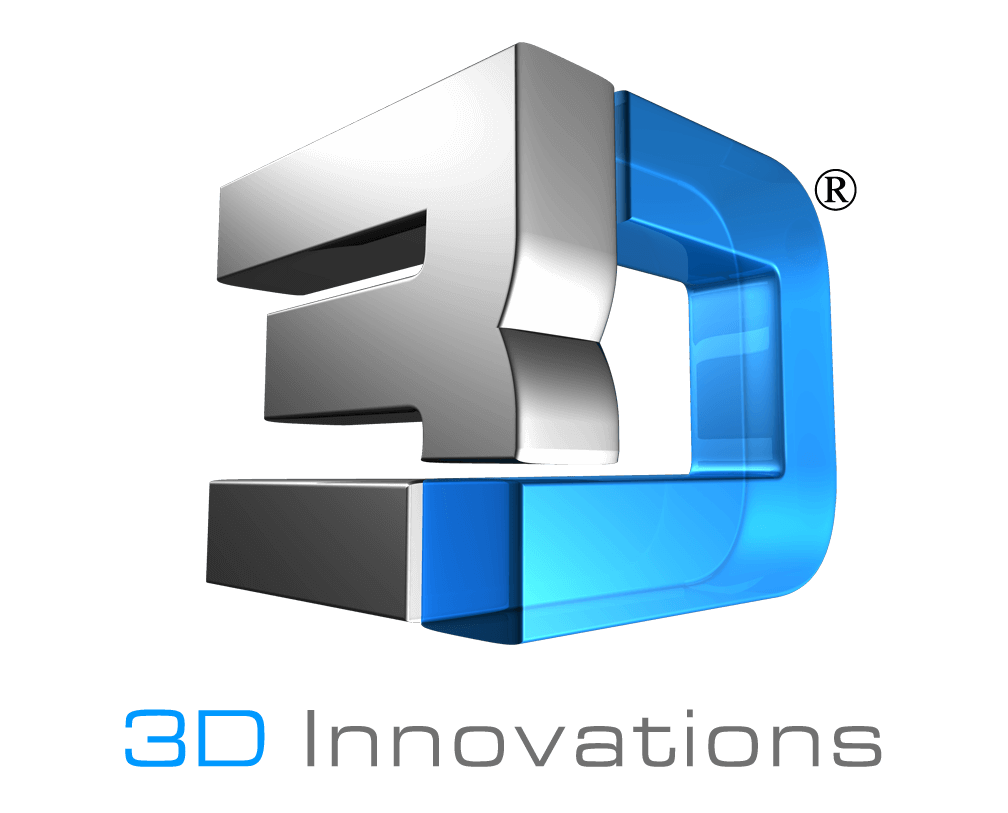“Innovation” has been a popular buzzword in the last few years, especially when it relates to technology, with each new innovation promising more than the last. But there are many steps between an initial product idea and a truly innovative new product. For most, the first step in the quest to produce the next big innovation is building a digital design of the product idea using 3D CAD.
 Engineers are increasingly using 3D CAD to develop product designs and models, visualizing concepts, exploring new design ideas, and simulating how a design will perform in the real world. Whether the design is a corporate building, an automotive part, or an innovative consumer product, 3D CAD has become an early critical step of the design process.
Engineers are increasingly using 3D CAD to develop product designs and models, visualizing concepts, exploring new design ideas, and simulating how a design will perform in the real world. Whether the design is a corporate building, an automotive part, or an innovative consumer product, 3D CAD has become an early critical step of the design process.
For entrepreneurs and inventors, 3D digital designs of ideas and inventions save both time and resources, since 3D CAD can be used to initially test product design theories and understand all of their aspects without the need for building actual prototypes. Even though prototyping costs are decreasing, due partly to additive manufacturing (3D printing), it is best to develop a 3D digital design before producing a prototype.
Demand for 3D Digital Designs Is Rising
3D digital design is on the rise, driven in part by entrepreneurs with the need to communicate their product concepts clearly with potential investors. Whether the audience is an investment firm or a crowdfunding platform, digital designs allow stakeholders to visualize concepts and provide feedback and modification ideas. Multi-platform collaboration is extending to investors, part suppliers, and other product development team members, as the digital designs are used congruently to develop marketing materials, packaging, and customer demonstrations.
Design validation is a critical step in the product development process. Until it is tested, a virtual design is merely a theoretical assumption. So it is not to say that 3D digital design is meant to replace physical prototyping, but it is bringing advantages throughout the design workflow that include computational fluid dynamics (CFD) tools for virtual simulation/testing, using the same data as for physical prototyping. Files can be exported into various formats that CNC machines and 3D printers can utilize for production.
Within the enterprise system, a physical prototype has many advantages over CFD simulations and should not be replaced; rather 3D digital mockups and physical prototypes should be jointly integrated in the product development process. In the testing phase, a prototype should serve to validate the product’s form, fit, and function, as well as mechanical and thermal properties. Existing workflows will maintain multiple iterations of digital design and physical prototyping to get new products to a manufacturing-ready state.
Manufacturers around the world have adopted common practices and standards that rely on the use of digital design files for their production processes. This adoption of using digital designs for their downstream applications eliminates operator error, increases productivity, and allows for more competitiveness in the marketplace. Digital design, paired with design automation practices, ultimately leads to higher efficiency and increased communication between the customer and the manufacturer.
Product Commercialization
While direct focus of 3D digital design is on product manufacturing, marketing teams will be using these same designs to create photo renderings and produce distinctive packaging designs and design demonstrations for early investors. Digital design is speeding up the marketing development process as a way to reduce total development time and quickly get products to market and, in turn, consumers. Working congruently in this manner, across departments, keeps the commercialization timeline on track.
Getting a project started out on the “right foot” with 3D digital designs will minimize challenges and complications later on in the design cycle, which is why organizations are increasingly adopting them. While the benefits of 3D CAD might seem obvious during the design phase of the product development lifecycle, the real benefits extend far beyond this and into prototyping, manufacturing, and even the commercialization phase.
Note: We (3D Innovations LLC) published this article on the Design News website in June 2015.
________
3D Innovations is a full service 3D Engineering/Design company – from the 3D Design to a fully functional 3D Prototype & Product.
Subscribe to the 3D Innovations newsletter on our Facebook page!

